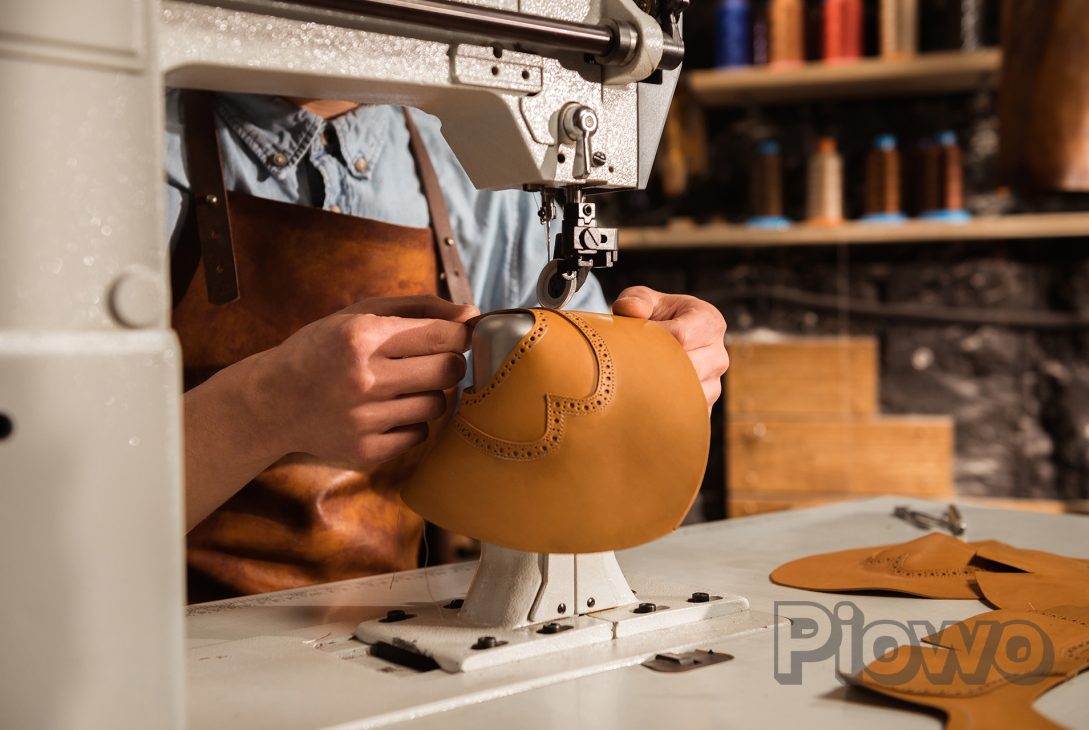Self-employment is a popular option among the French, thanks to the speed with which it can be set up and the simplified management it offers. Since January 2009, artisans have been able to run their business as their main or secondary occupation through a micro-enterprise scheme. What benefits does this scheme offer these professionals? How do you become a self-employed artisan, and what obligations must you fulfil? Piowo explains how the micro-enterprise scheme applies to artisan trades.
Why choose the micro-enterprise regime when you are a craftsman?
A self-employed craftsman is an independent professional who creates, modifies, repairs and sells their own products. They may also offer services. This work requires specific expertise, whether carried out as a main or secondary activity.
Craft trades are grouped into four distinct categories:
Construction: This includes the construction of residential buildings, asbestos removal and civil engineering, as well as trades such as heating engineer, electrician, carpenter and mason.
Food: This includes activities such as baking, fishmongering, wine production, and the production of dairy products and animal feed.
Production: This category includes textile manufacturing, metalworking, woodworking, and sorted waste collection.
Services: This includes hairdressing, farriery, delivery, chimney sweeping and gardening, among others.
Craftspeople carrying out any of these activities can opt for the self-employed regime to start their entrepreneurial journey.
Micro-enterprise artisans may, if they wish, benefit from a flat-rate income tax payment, provided they do not exceed the reference taxable income threshold. This tax measure allows income tax to be paid at the same time as social security contributions, either monthly or quarterly.
The amount paid by the self-employed artisan is calculated on the basis of an additional percentage applied to turnover, which is 1.7% for artisan activities. Good to know: whether or not they have opted for the flat-rate payment, self-employed craftspeople must always declare their annual income so that the tax authorities can determine the applicable progressive tax bracket.
becoming an independent craftsman craftsman business startup craftsman career path freelance craftsman tips how to become a self-employed craftsman self-employed artisan advice self-employed craftsman guide small business for craftsmen start a craftsman business tips for freelance artisans
Last modified: July 14, 2025












